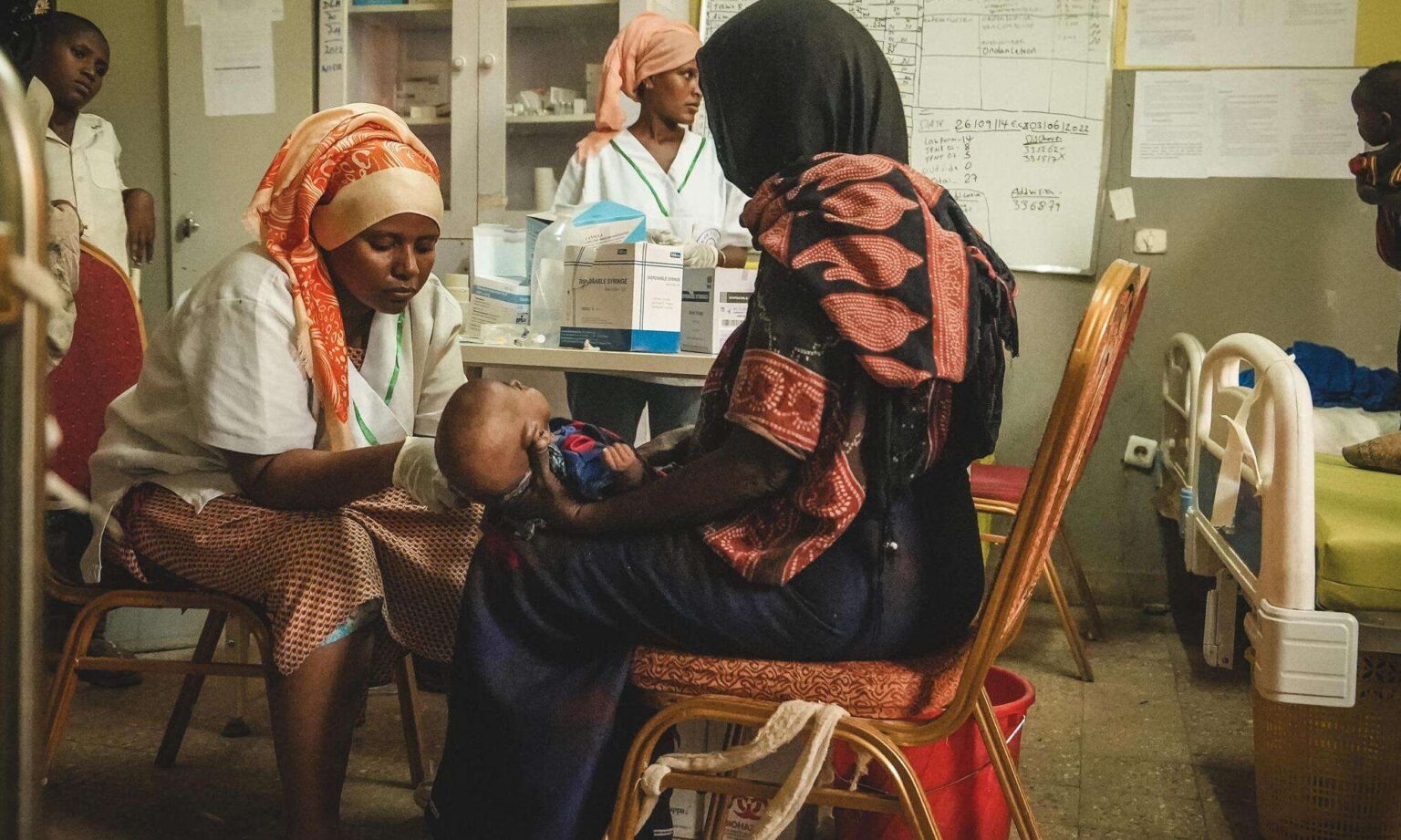In Summary
- Despite decades of aid and relief missions, Somalia is the only Country in Africa that has over half of its population recorded as malnourished.
- Stable nations like Uganda and Kenya still have reported malnourishment levels above 30%, proving that the insecurity of food is beyond conflict.
- The rise of Malnutrition again in Zambia and Zimbabwe is not due to conflict but failing food systems and poor economic policies.
Deep Dive!!
Malnutrition in this context is more about long-term malnourishment that affects brain development, physical growth, and even the lifespan of a person, and not only visible hunger. The Prevalence of Undernourishment (PoU) is the measure used to track this crisis, and the percentage each country gets tells us how much the country’s population lacks access to the dietary energy they need over three years.
This data is very crucial because it’s transparently vital and creates awareness on how vulnerable children are in each country. The data further reveals that children under 5 are most likely to suffer the most during food scarcity and a lack of food nutrition value. When a country has up to 35% PoU, this means that one in every three children in the country is malnourished.
10. Guinea-Bissau

Guinea-Bissau’s malnourishment rate is at 32.2%. Subsistence farming is what the country’s food systems heavily rely on, with crops like cashews, millet, and rice playing a significant role. Seasonal variability, Limited irrigation, and low dietary diversity, however, affect regular access to nutritious foods. While there are collaborations with international partners supporting maternal health programs and school feeding, there is still low availability in accessing good health services and nutrition education, especially in rural areas.
9. Kenya
Kenya is well known for its tech enthusiast youth and growing economy, but it still faces a great challenge in Malnutrition, recording a score of 34.5%. What makes this score drastic is the high rise from 26% a few years ago. However, this rise can be attributed to the experience of prolonged droughts, disrupting school programs and displacing families of arid and semi-arid lands(ASALs), which is home to over 38% of Kenya’s landmass.
8. Chad
With a record of a 35.1% rise from the previous year’s 31.8%, Malnutrition in its population faces challenges with desertification and food scarcity. Chad’s breastfeeding initiation rate is one of the lowest in Africa, and this directly contributes to poor child nutrition outcomes. The protein intake in many villages is also very low as they depend on millet and sorghum. In Chad’s case, Malnutrition is not only from a lack of food but mainly from a poor nutrition education system.
7. Zambia
Zambia is very rich in natural resources, arable land, but surprisingly, it still struggles with malnourishment. Having a score of 35.4% compared to the previous 33.9% shows how inaccessible food is due to inflation and post-harvest losses. Looking at rural areas like Eastern Province, the school children rely on diluted porridge skipping a healthy lunch. As climate unpredictability worsens, even its 14% year-round rural household food security is being threatened.
6. Uganda
Uganda has a stable political system but bad food access. A 36.9% record of Malnourishment now, which is a rise from its 20.4% record a decade ago, explains the worsening situation of food access. In Karamoja, Malnutrition is treated with emergency care as it is a chronic illness. Additionally, protein-rich foods are out of reach for the average family in Kampala as the food prices rose by 70% in the past year.
5. Democratic Republic of the Congo
DRC is well known as one of the world’s most fertile underused agricultural nations. Despite this, DRC still records 37% of its population as undernourished even with multiple aid missions. Due to conflict in some regions, over 27 million people face food insecurity. Armed groups, displacement, and poor road networks have made it nearly impossible to farm or deliver food, even with over 80 million hectares of fertile land. In some eastern regions, one in two children under five is malnourished.
4. Zimbabwe
Zimbabwe’s malnourishment rate still signals a crisis, even though there is a drop from its previous 39.5% to its new record of 38.1%. Inflation has crippled the cost of food since 2020. Locally grown maize is no more affordable to the average family. NGO’s documented children surviving on wild fruits and fermented cereal drink (maheu) in areas like the Midlands and Masvingo. 1 of 4 households in an Urban area like Harare can’t afford a full square meal.
3. Liberia
Some areas in Liberia face chronic malnourishment after Ebola and civil unrest. It records 38.4% malnourishment, a slight rise from its previous record of 37.5%. There is now a large importation of rice, making it unaffordable, and most Liberian families depend on it. Child breastfeeding practices are also very low. Over 60% of babies under six months aren’t exclusively breastfed, and in just one year, they’ve been introduced to starch-heavy meals.
2. Madagascar
Madagascar is known for its unique living diversity and growing hunger problem. Having a score of 39.7% malnourishment rate, which is an increase from the previous 37.6%, is due to the repeated cyclones and droughts, which destroy both water and harvest systems. A climate-driven food crisis in Southern Madagascar has made tamarind soup and cactus the major meals for some children.
1. Somalia
Topping the list not only in Africa but globally is Somalia with a record of 51.3%, which is a slight increase from the 51.1% recorded previously. This PoU record reveals that more than half the country lives with malnourishment. Although aid has reached major cities, the inland communities are still unable to have access to humanitarian supplies due to the militant control. Most Somali children grow up on emergency feeding programs and rations.
https://www.africanexponent.com/top-10-african-countries-with-the-highest-malnutrition-rates-in-2025/


